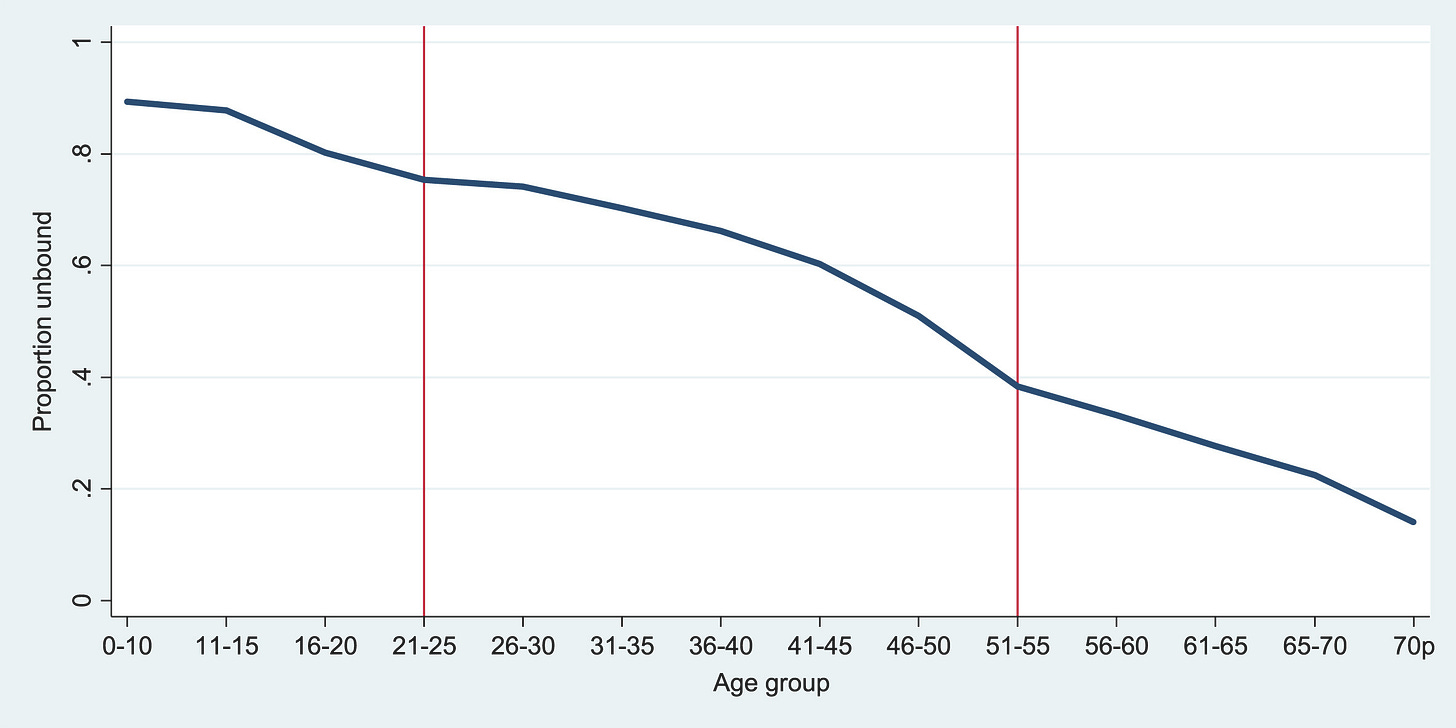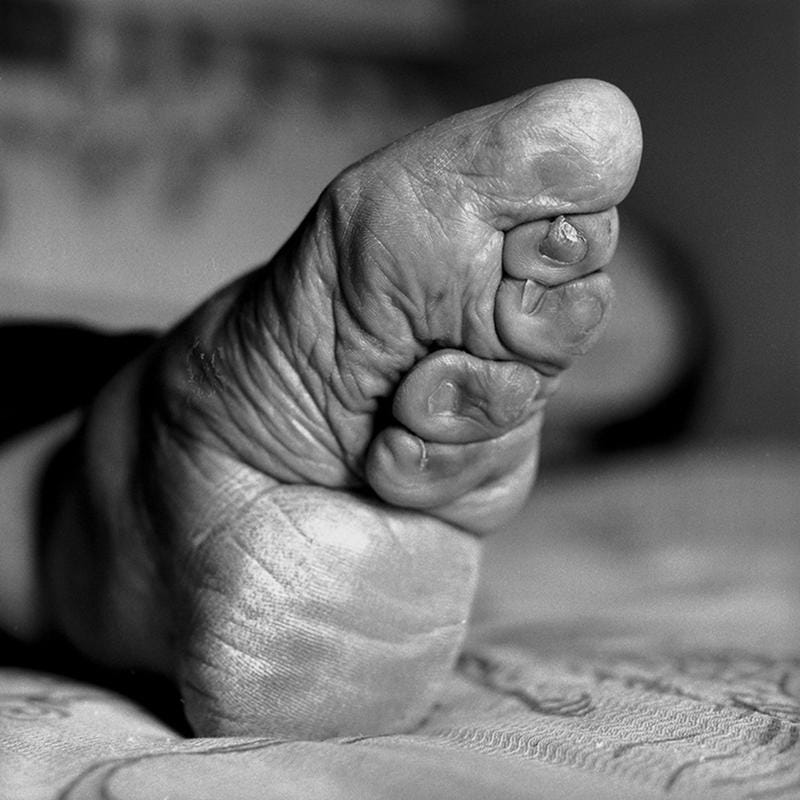What led to the demise of foot-binding?
From 1905 to 1920, the percentage of adult women with bound feet in Taiwan declined from 68% to 11%.
This may be the fastest cultural change in human history. In one generation, Taiwanese women were largely confined to the home, barely able to hobble. In the next, they could walk freely.
What led to this rapid shift in gender norms?
Culture?
The conventional explanation - from Mackie - is that foot-binding persisted as a signal of chastity, improving girls’ position in the marriage market. China (arguably) overcame this collective action problem because numerous parents publicly pledged not to bind their daughters’ feet. Seeing wider support, others ceased to anticipate social sanction, they no longer feared for their daughters’ marriage prospects. Therefore, if enough people express opposition, culture is malleable!
Indeed, right from the beginning of the Japanese occupation of Taiwan in 1895, the colonial administration initiated public campaigns, and sponsored movements led by local elites, to eradicate foot-binding. Before 1905, this was quite effective in discouraging parents from binding their daughters’ feet, but it did not cause already-bound women to unbind their feet.
So what changed?






